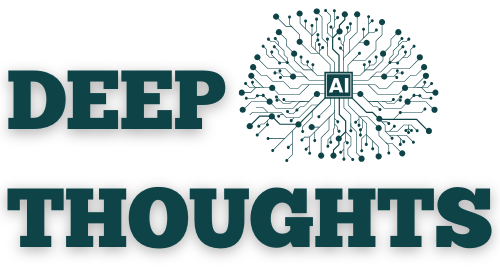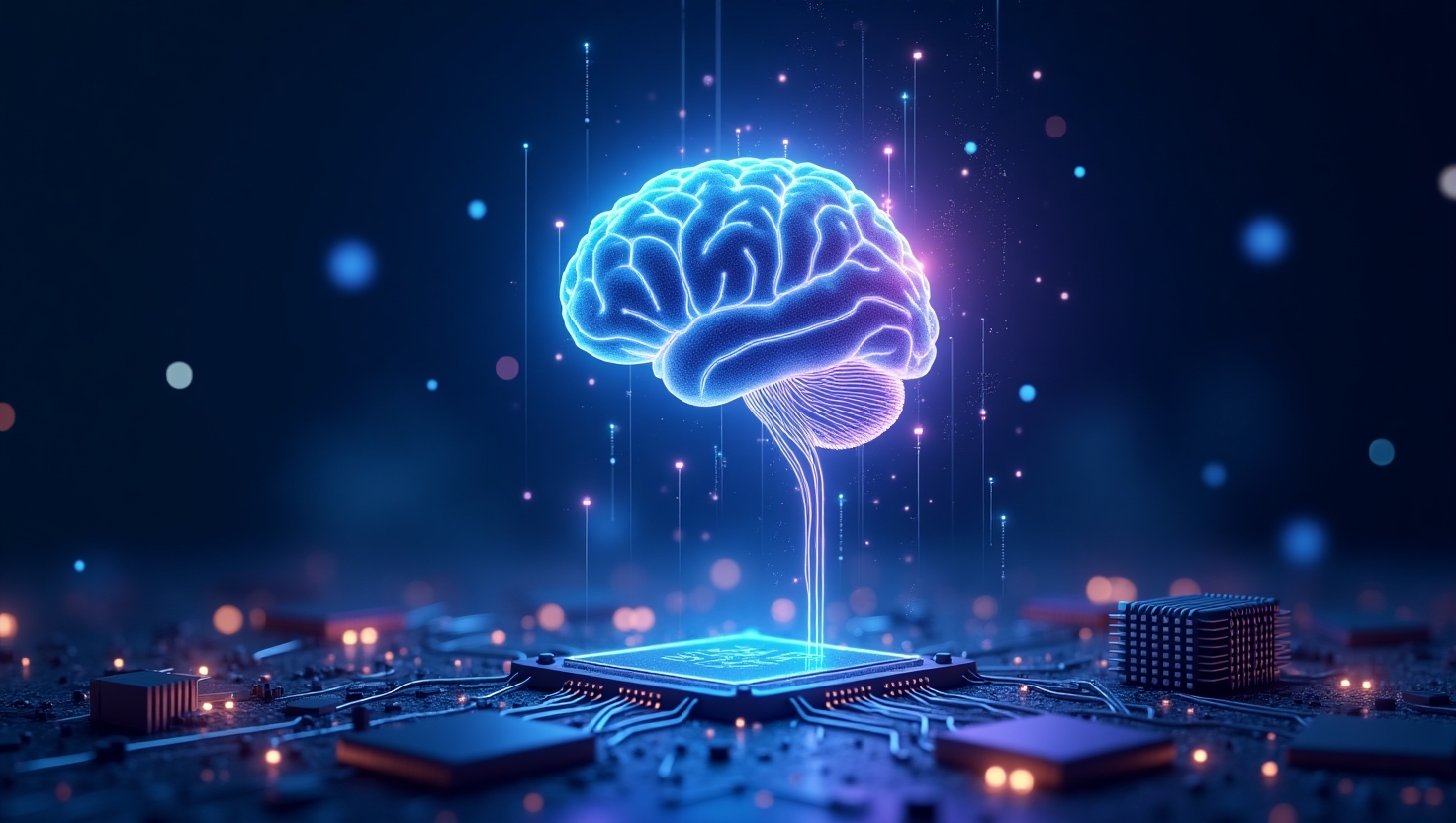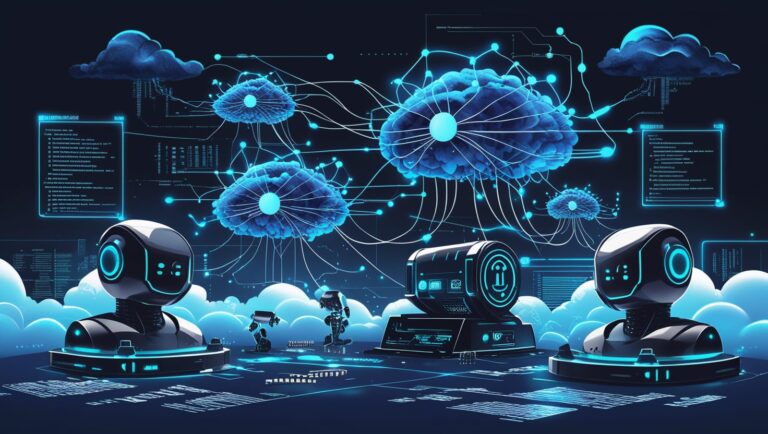Transforming the Future
Artificial Intelligence (AI) has emerged as one of the most influential and revolutionary technologies of our time. From voice assistants like Siri and Alexa to self-driving cars and advanced healthcare diagnostics, AI is reshaping industries and altering the way we interact with the world. But what exactly is AI, how does it work, and what does its future hold? In this article, we will explore the fundamentals of AI, its various types and applications, its impact on industries, and the challenges it faces moving forward.
What is Artificial Intelligence (AI)?
At its core, Artificial Intelligence refers to the simulation of human intelligence in machines that are programmed to think, learn, and problem-solve like humans. Unlike traditional software, which operates based on predefined rules, AI systems have the ability to improve over time by learning from data. This process is known as machine learning (ML), a subset of AI that enables machines to make decisions and predictions without explicit programming.
The ultimate goal of AI is to create systems that can perform tasks typically requiring human intelligence, such as visual perception, speech recognition, decision-making, language translation, and more.
Types of AI
AI can be categorized into different types based on its capabilities. These categories include:
1. Narrow AI (Weak AI)
Narrow AI, also known as weak AI, refers to AI systems that are designed and trained to perform a specific task or a limited set of tasks. These systems operate within a predefined range of capabilities and cannot perform tasks beyond their specific function. Narrow AI is already prevalent in everyday applications and is a key component in many industries.
Examples of Narrow AI:
- Voice Assistants: Siri, Alexa, and Google Assistant use narrow AI to understand and respond to voice commands.
- Recommendation Systems: Streaming platforms like Netflix and Spotify use AI to suggest content based on user preferences and past behavior.
- Autonomous Vehicles: Self-driving cars, like those developed by Tesla, use narrow AI to navigate roads and make driving decisions in real-time.
2. General AI (Strong AI)
General AI, or strong AI, refers to a type of artificial intelligence that can perform any intellectual task that a human being can. It is capable of understanding, learning, and applying knowledge across a wide range of activities, much like the human brain. General AI would have the ability to adapt to new situations and improve itself through experience.
As of now, general AI remains theoretical and has not been achieved. Researchers are still working toward developing AI systems that can perform tasks in a manner similar to human cognition.
3. Superintelligent AI
Superintelligent AI is an advanced form of AI that surpasses human intelligence in every field, including creativity, problem-solving, and social intelligence. It is a concept often explored in science fiction and represents a future scenario where AI evolves beyond human capabilities, potentially leading to both tremendous advancements and significant risks.
While superintelligent AI is not yet a reality, many experts have raised concerns about its ethical implications, safety, and the potential for it to drastically reshape society.
How Does AI Work?
AI systems work by processing large amounts of data and identifying patterns within that data. The more data AI systems are exposed to, the better they become at making predictions and decisions. AI relies on algorithms—step-by-step procedures for solving problems—to perform tasks such as classification, clustering, regression, and optimization.
Machine learning (ML), a branch of AI, is the method through which AI systems “learn” from data. There are several approaches to machine learning:
- Supervised Learning: In this approach, an AI model is trained using labeled data. For example, a model might be trained on a dataset of images labeled as “cats” or “dogs” and learn to identify the difference between the two.
- Unsupervised Learning: This approach involves using unlabeled data, allowing the AI to find patterns or groupings on its own. For example, clustering customers based on their purchasing behavior without any predefined labels.
- Reinforcement Learning: In this approach, an AI system learns by interacting with an environment and receiving feedback (rewards or penalties) based on its actions. It is often used in applications like robotics and gaming.
- Deep Learning: A subset of machine learning, deep learning uses neural networks with multiple layers to analyze and interpret complex data such as images, audio, and text. Deep learning is behind many advancements in computer vision, natural language processing, and speech recognition.
Applications of AI
AI is being applied across various industries and sectors, bringing innovation and efficiency. Some of the most prominent applications of AI include:
1. Healthcare
In healthcare, AI is being used to improve diagnostics, predict patient outcomes, and assist in drug discovery. AI-powered systems can analyze medical data, such as X-rays and MRI scans, with remarkable accuracy. Additionally, AI can help doctors make informed decisions by analyzing patient data and suggesting treatment options.
Example: IBM Watson Health uses AI to analyze medical data and provide insights for healthcare providers. Watson can assist doctors by recommending treatment plans for cancer patients based on vast databases of research and clinical studies.
2. Finance
The finance industry uses AI for various purposes, including fraud detection, risk management, algorithmic trading, and customer service. AI algorithms can process and analyze financial data in real-time, enabling businesses to make faster and more informed decisions.
Example: Robo-advisors, like Betterment and Wealthfront, use AI to manage investment portfolios and provide personalized financial advice to users based on their goals and risk tolerance.
3. Retail
In retail, AI is used to enhance customer experiences and improve inventory management. AI-powered recommendation engines suggest products to customers based on their past purchases and browsing behavior. Additionally, AI-driven chatbots provide customer support, while inventory systems are optimized using machine learning.
Example: Amazon’s recommendation engine uses AI to analyze customer data and suggest products, improving the shopping experience and increasing sales.
4. Transportation
AI is driving advancements in autonomous vehicles, including self-driving cars, trucks, and drones. AI systems in these vehicles process data from sensors, cameras, and radars to make decisions in real-time, navigating roads, avoiding obstacles, and predicting the behavior of other drivers and pedestrians.
Example: Tesla’s Autopilot system uses AI to navigate highways, change lanes, and park the car autonomously.
5. Entertainment
In entertainment, AI is used for personalized recommendations, content creation, and even improving gaming experiences. Streaming platforms use AI to suggest TV shows and movies based on user preferences. AI is also being used to generate music, write scripts, and create computer-generated characters in movies and video games.
Example: Netflix uses AI to recommend movies and shows based on a viewer’s watching history and preferences.
6. Manufacturing
In manufacturing, AI plays a significant role in automation, predictive maintenance, quality control, and supply chain optimization. AI-powered robots can perform tasks like assembling products, while machine learning algorithms predict when machinery is likely to fail, reducing downtime and improving efficiency.
Example: General Electric uses AI for predictive maintenance in its industrial machines, helping to prevent equipment failures and reduce maintenance costs.
Benefits of AI
- Efficiency and Automation: AI can automate repetitive tasks, freeing up human workers to focus on more complex and creative activities. This leads to greater productivity and cost savings.
- Improved Decision-Making: AI’s ability to analyze large datasets enables better decision-making. AI systems can uncover insights and patterns that humans may overlook, helping businesses make data-driven decisions.
- Personalization: AI allows for highly personalized experiences, from tailored product recommendations to customized healthcare treatments, enhancing customer satisfaction and engagement.
- Innovation: AI opens the door to new possibilities and innovations in various fields, such as autonomous vehicles, personalized medicine, and creative content generation.
Challenges of AI
While AI offers numerous benefits, it also comes with its own set of challenges:
- Ethical Concerns: The rise of AI raises important ethical questions about privacy, bias, accountability, and job displacement. Ensuring that AI systems are fair, transparent, and ethical is crucial for its responsible use.
- Job Displacement: Automation driven by AI has the potential to replace certain jobs, leading to concerns about unemployment. However, AI can also create new job opportunities in fields like data science, machine learning, and AI research.
- Bias and Fairness: AI systems are only as good as the data they are trained on. If the data is biased, the AI’s decisions can also be biased, leading to unfair outcomes in areas like hiring, lending, and criminal justice.
- Security: As AI systems become more integrated into critical infrastructure, ensuring the security and safety of AI systems becomes increasingly important. AI systems could be vulnerable to cyberattacks, leading to potential risks in sensitive sectors like healthcare and finance.
The Future of AI
The future of AI holds immense promise. We can expect AI to continue advancing in areas like healthcare, transportation, finance, and entertainment. As AI systems become more sophisticated, they will likely play an even greater role in augmenting human capabilities, driving innovation, and addressing complex global challenges such as climate change and disease prevention.
However, the continued development of AI must be accompanied by careful consideration of ethical, societal, and regulatory issues. As AI becomes more pervasive in our lives, it will be essential for policymakers, businesses, and technologists to collaborate in ensuring that AI is developed and used in a responsible, equitable, and transparent manner.
Conclusion
Artificial Intelligence is undoubtedly one of the most transformative technologies of the 21st century. With its ability to learn, adapt, and perform tasks that were once exclusive to humans, AI is revolutionizing industries, improving efficiency, and creating new opportunities for innovation. While challenges exist, including ethical concerns and the potential for job displacement, the future of AI is promising. As AI continues to evolve, it will play an even more integral role in shaping the world we live in, and its potential to benefit society remains immense.



